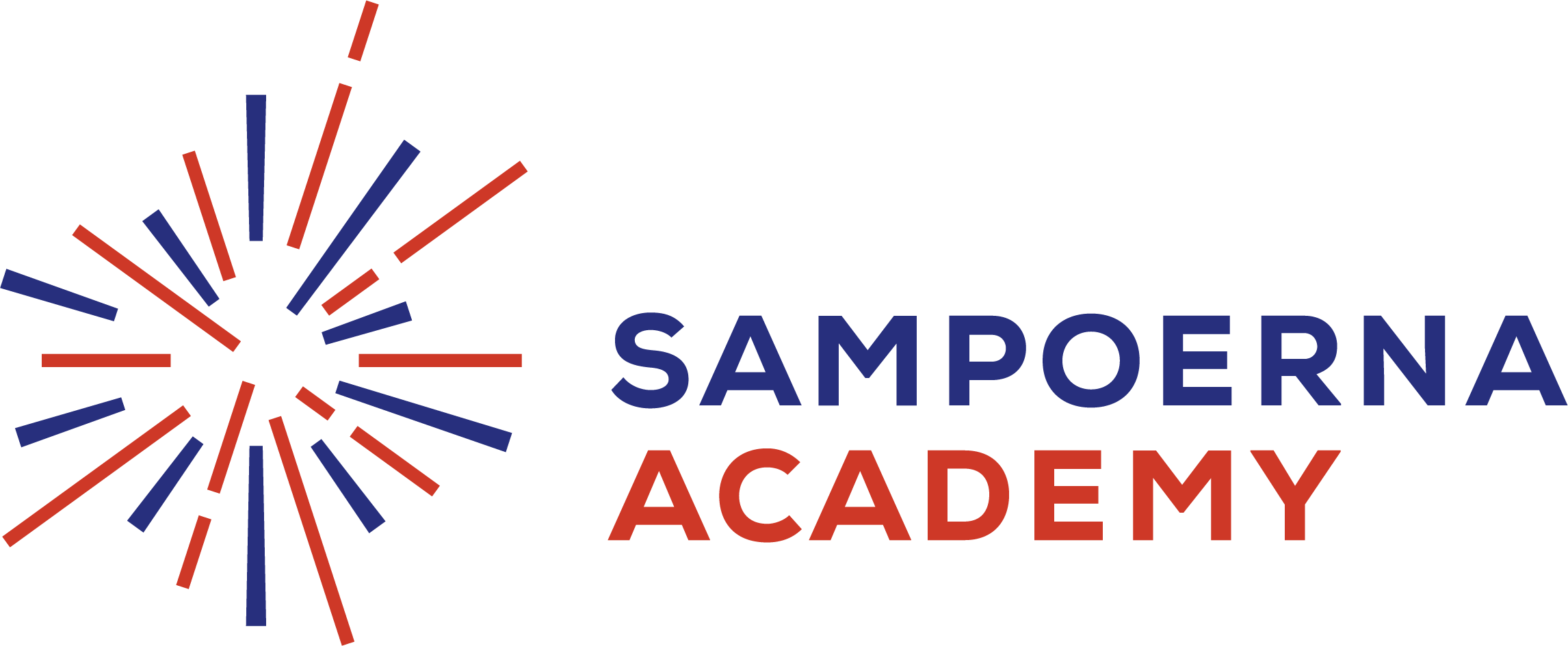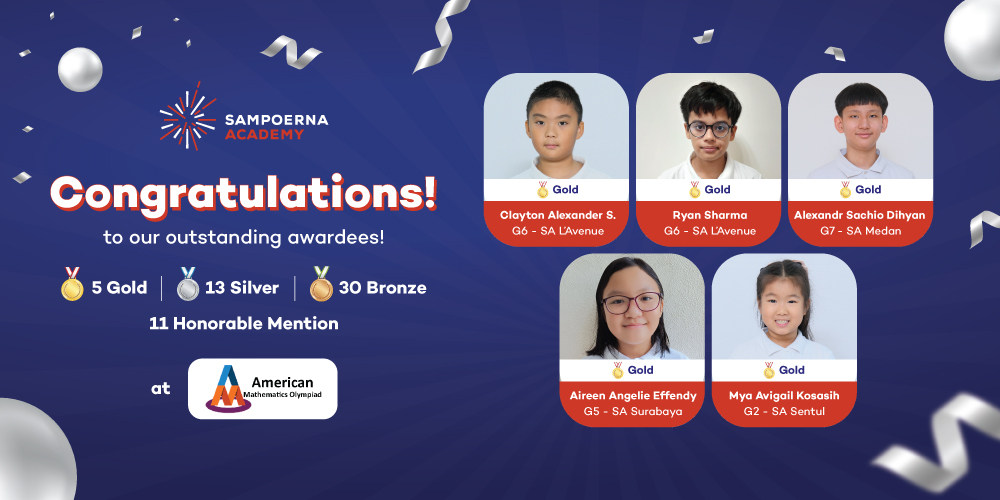Developing a growth mindset in schools can have a powerful impact on student learning and achievement. A growth mindset is the belief that one’s abilities and intelligence can be developed and improved through hard work, learning, and perseverance. This approach to learning is in contrast to a fixed mindset, which is the belief that one’s abilities and intelligence are fixed and cannot be changed.
Research by Dr. Carol Dweck and others has shown that students with a growth mindset tend to be more motivated, resilient, and successful in school and beyond. In this article, we will explore some strategies on how to develop a growth mindset in schools and the benefits of doing so.
What is a Growth Mindset?
According to Carol Dweck, a psychologist at Stanford University, people can be characterized by their implicit beliefs about their own abilities. Those with a fixed mindset believe that their abilities are innate and cannot be changed, while those with a growth mindset believe that they can develop their abilities through effort and learning.
Dweck’s research on this topic, as well as her book “Mindset: The New Psychology of Success,” have popularized the concept of fixed and growth mindsets. Understanding the differences between these two mindsets can help us understand the concept of a growth mindset and how it can be promoted in individuals.
Fixed Mindset VS Growth Mindset

A fixed mindset is the belief that one’s abilities and intelligence are fixed and cannot be changed. This approach to learning and development can lead to a focus on avoiding challenges and seeking validation, as individuals with a fixed mindset may be afraid of failing or being seen as inadequate.
On the other hand, a growth mindset is the belief that one’s abilities and intelligence can be developed and improved through hard work, learning, and perseverance. This approach to learning encourages individuals to take on challenges, embrace mistakes as learning opportunities, and see their own potential for growth and development.
Research has shown that individuals with a growth mindset tend to have higher levels of motivation, achievement, and resilience, as they are more likely to take on challenges and persevere in the face of setbacks. In contrast, those with a fixed mindset may be more likely to give up in the face of challenges or avoid them altogether.
Overall, a this ability is a more positive and productive approach to learning and development, as it encourages individuals to see their own potential for growth and improvement.
Benefits of a Growth Mindset in Education

There are numerous benefits of promoting a this ability in education, both for individual students and for the classroom and school as a whole. Some of the benefits of a this ability in education include:
Increased Motivation and Engagement
Students with a growth mindset are more likely to be motivated to learn and engage in their studies, as they believe that their efforts will lead to improvement and success.
Greater Resilience and Persistence
Students with a growth mindset are more likely to persevere in the face of challenges and setbacks, as they see these as opportunities for growth and learning.
Improved Performance
Research has shown that students with this ability tend to achieve better academic outcomes and have higher grades compared to those with a fixed mindset.
Enhanced Creativity and Problem-Solving Skills
This ability encourages students to take risks, try new approaches, and think creatively, which can lead to the development of valuable problem-solving skills.
Greater Overall Well-Being
Students with this ability tend to have a more positive outlook and are more likely to have higher self-esteem and less stress.
Overall, promoting this ability in education can have numerous benefits for students and can help create a positive and supportive learning environment.
How to Foster a Growth Mindset in Students

There are several strategies that teachers and educators can use to foster a growth mindset in students:
Use Language That Promotes Growth
Encourage students to try their best, take on challenges, and learn from mistakes rather than using language that emphasizes innate abilities or talent.
Provide Opportunities for Learning from Failure
Help students see failure as an opportunity to learn and grow, rather than a personal shortcoming.
Emphasize The Importance of Effort
Show students that hard work and effort are key to learning and improvement.
Encourage Students to Set Goals and Track Their Progress
Setting goals and tracking progress can help students see their own improvement and growth over time.
Model a Growth Mindset
As an educator, it is important to model a growth mindset yourself and demonstrate a willingness to learn and grow.
By using these strategies, teachers and educators can help students develop this ability and foster a more positive and productive learning environment.
10 Strategies for Fostering a Growth Mindset in the Classroom

A growth mindset is an essential part of a successful and fulfilling educational experience. It is the belief that one’s abilities and intelligence can be developed and improved through hard work, learning, and perseverance. Fostering a growth mindset in the classroom can have a positive impact on student motivation, achievement, and resilience.
Here are 10 strategies for fostering a growth mindset in the classroom at Sampoerna Academy:
- Encourage students to take on challenges and embrace mistakes as learning opportunities.
- Use positive language that emphasizes effort and progress.
- Provide opportunities for students to set and work towards personal goals.
- Use this ability resources such as books, games, and videos to teach students about the concept of a growth mindset.
- Encourage students to seek feedback and help when they are struggling.
- Help students develop this ability by showing them how their efforts can lead to improvement.
- Encourage students to reflect on their learning and progress.
- Use a variety of teaching methods to accommodate different learning styles.
- Encourage students to be creative and open to new ideas.
- Model this ability yourself by showing that you are willing to take on challenges and learn from your mistakes.
By using these strategies, teachers at Sampoerna Academy can create a positive and productive learning environment that encourages students to take on challenges, embrace mistakes as learning opportunities, and see their own potential for growth and development.

Sampoerna Academy is committed to fostering a growth mindset in its students. This is a great approach to education, as research has shown that students with a growth mindset tend to have higher grades and test scores, as well as greater resilience in the face of setbacks. They are also more motivated to learn and more likely to take on challenges.
By providing students with the right tools and support, Sampoerna Academy can help its students develop a growth mindset and a more positive and productive approach to learning. If you are ready to take on challenges, embrace mistakes as learning opportunities, and see your own potential for growth and development, consider joining Sampoerna Academy and starting your journey towards success.
Ready to get started? Schedule a visit to our campus in your nearest city. We look forward to having you join our growing community of learners!
For further information regarding registration, curriculum, visits, and information about Sampoerna Academy, please fill in the data below.
[formidable id=7]
Referensi
Understood.org
Related Articles:





